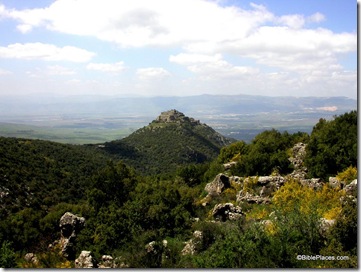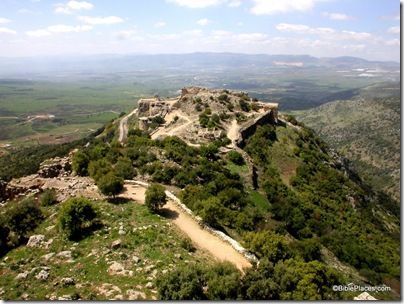Two years ago I noted the anticipated excavation of the Roman theater of Tiberias (with photo). The Israel Antiquities Authority has publicized some of its work and today Haaretz carries a report on it, albeit with a misleading headline.
A 2000-year-old Roman amphitheatre was finally revealed after 19 years of excavation work since its first discovery.
15 meters bellow [sic] ground remnants of a Roman amphitheatre peak through the sand in a place which was “a central meeting point” according to Archeologist, Doctor Valid Atrash, from the Israel Antiquities Authority….
Only at the beginning of 2009, 19-years after the primary discovery, did the uncovering of the theatre in its entirety begin.
The late Professor Izhar Hirshfeld and Yossi Stefanski, the archeologists heading the excavation, initially assessed the remains to belong to the 2nd or 3rd century CE, but quickly realized that they go all the way back to the beginning of the 1st century CE, closer to the founding of Tiberias.
“The most interesting thing about the amphitheatre,” said Hirshfeld upon the discovery, “is its Jewish context. Unlike Tzipori, which was a multi-cultural city, Tiberias was a Jewish city under Roman rule. The findings demonstrate the city’s pluralistic nature and cultural openness, a fact uncommon in those days.”
A theater is a semi-circular structure used for performance of the dramatic arts. An amphitheater (amphi means “both” or “around”) is a circular building used for athletic and gladiatorial contests.
(For more explanation, see this page at the U of Chicago.)
The Hebrew version of the Haaretz article has a small photo. The IAA report has two medium-sized photos, but I’m having trouble figuring out how they relate to each other.
In any case, this excavation is a welcome development in revealing the city of Tiberias from its earliest periods. Founded in A.D. 20 by Herod Antipas, Tiberias was the young capital of Galilee during Jesus’ ministry. Though there is no report that Jesus visited the city, its location on the western shore would have made it difficult to completely avoid.
HT: Joe Lauer


